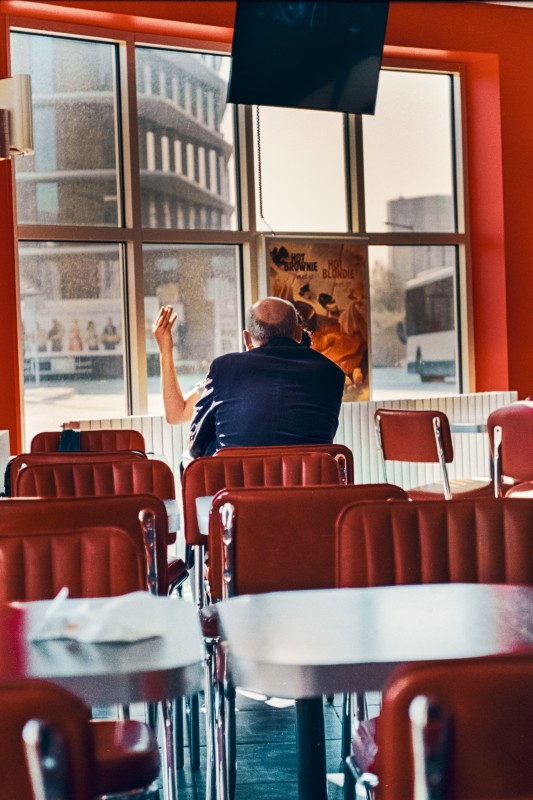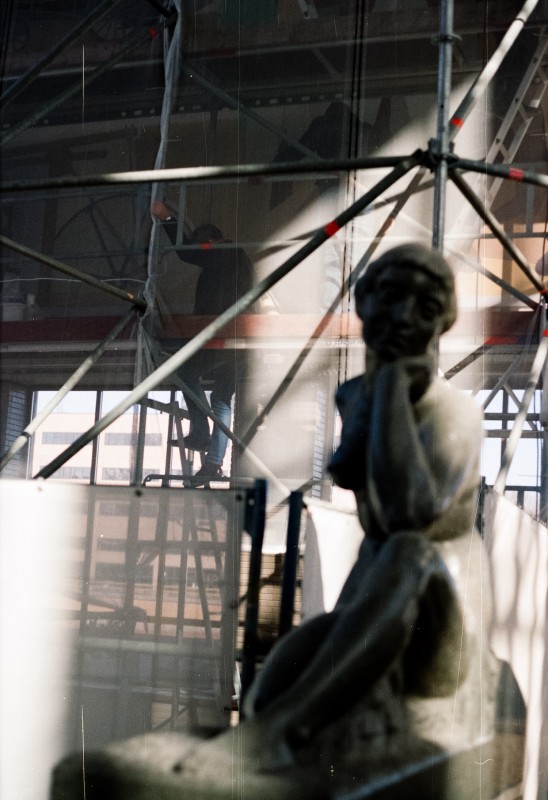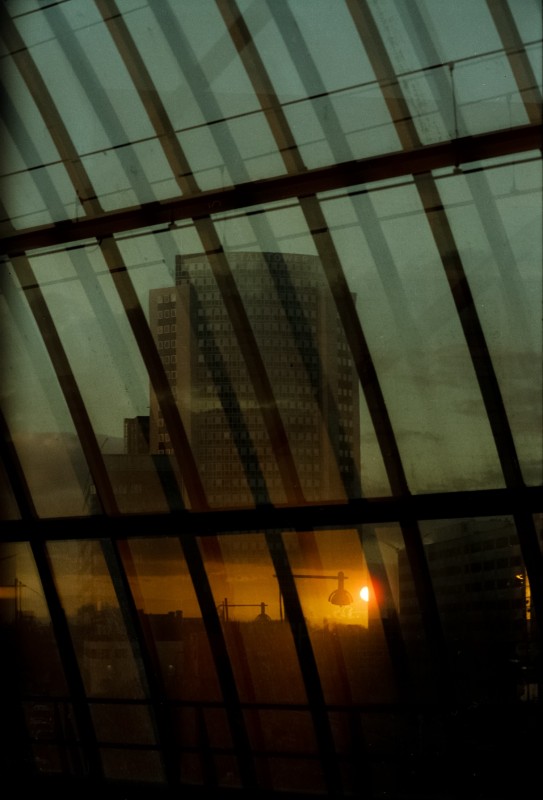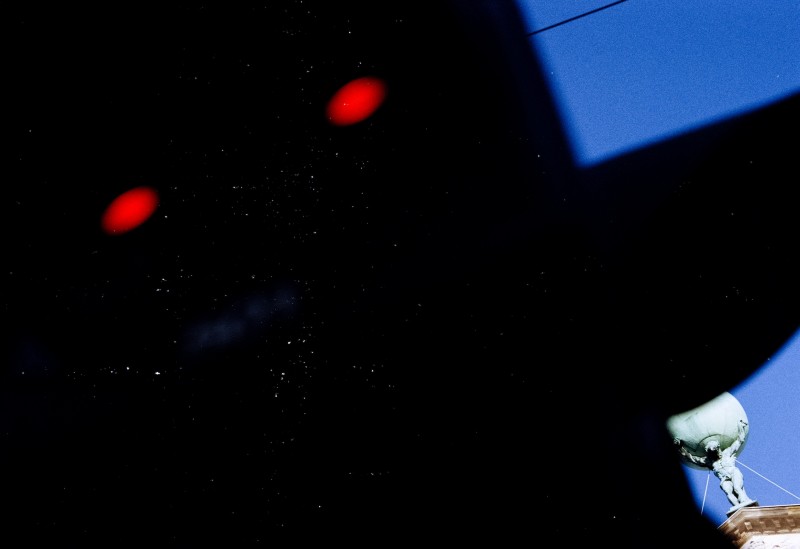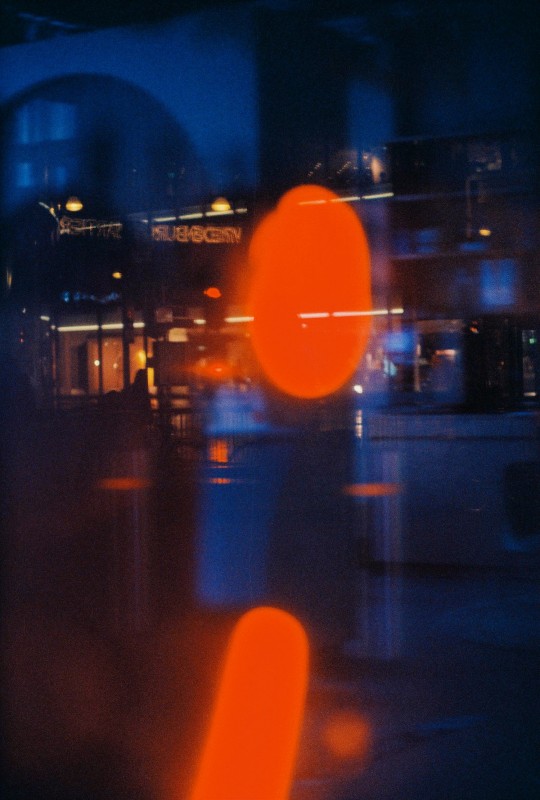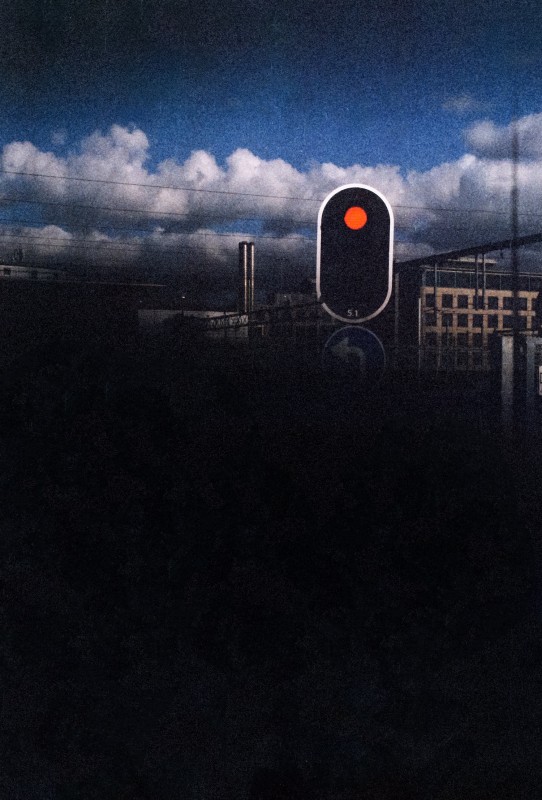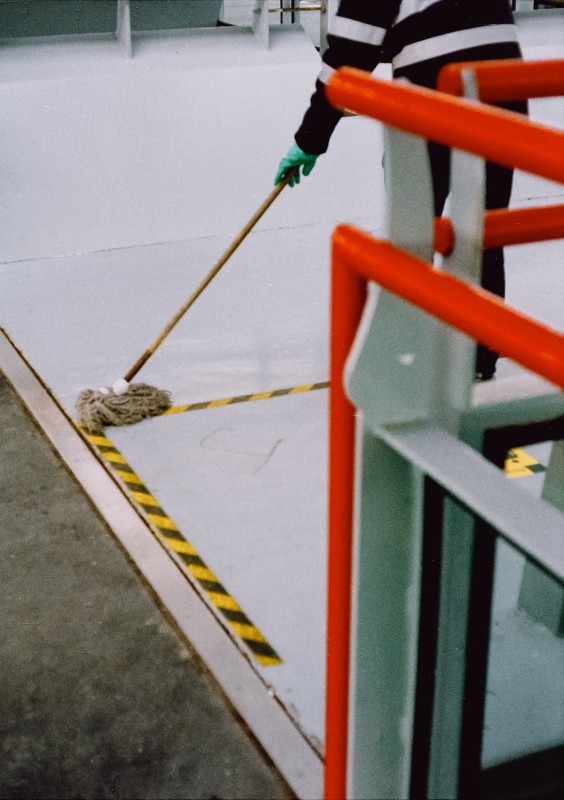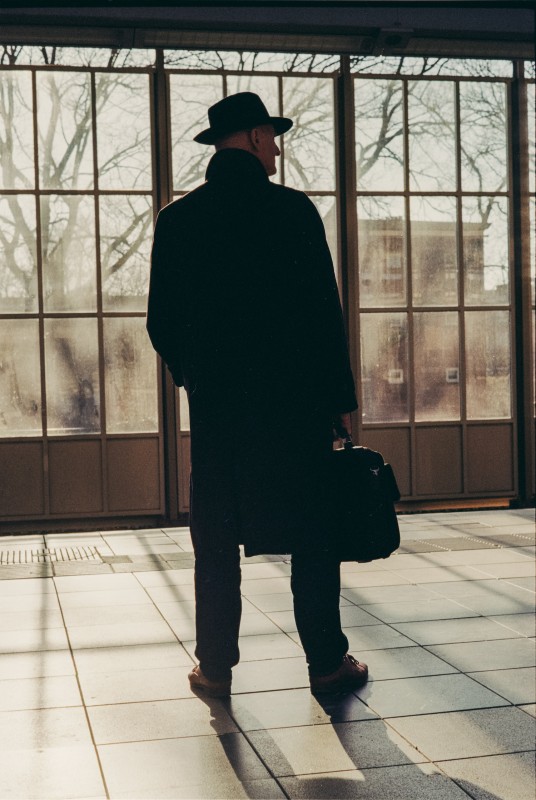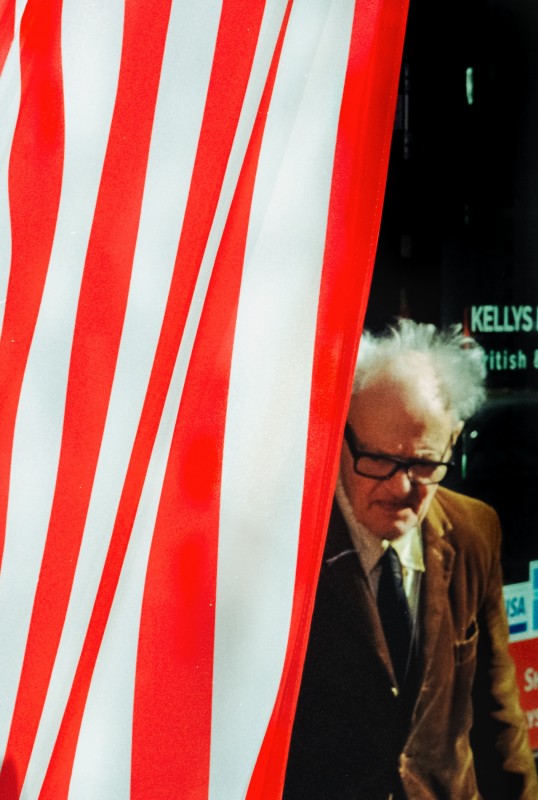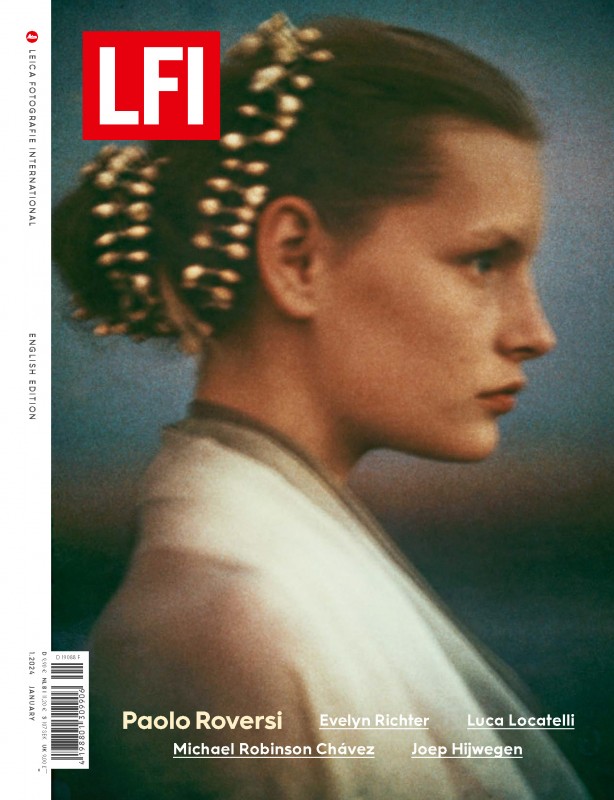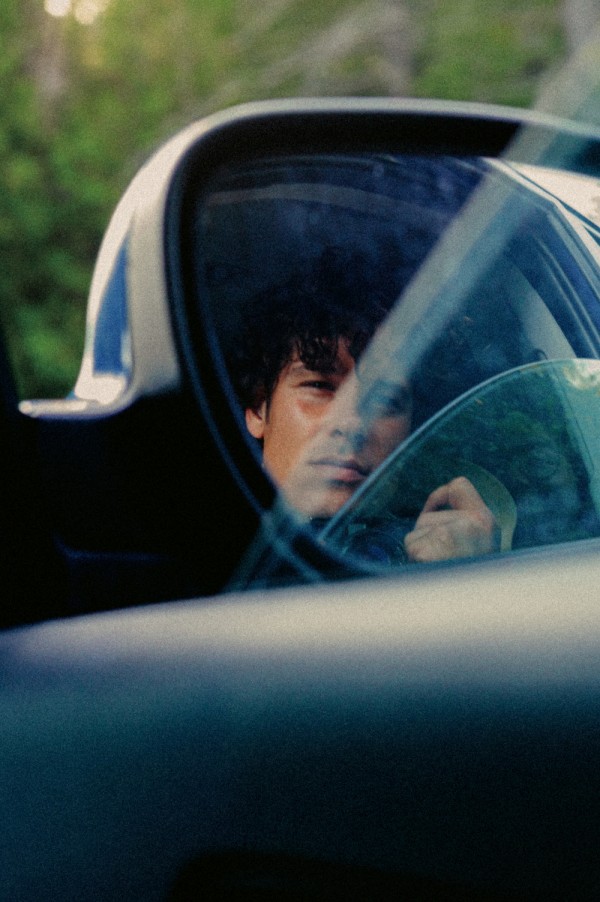Analogue therapy
Analogue therapy
Joep Hijwegen
December 28, 2023

Joep Hijwegen: I try to be very strict in what I select and edit, but completely open in what I capture. Initially, I'll just raise my camera at whatever I feel is beautiful, interesting, or both. It's an instinctive moment, but then I try to hone in on it. I find my compositions by first leaving out everything that isn’t important, and then looking for twists on the obvious, to get closer to the essentials of the image. I always focus on ‘feeling’ first. I feel the best way to tell a story is to focus not on what a moment or place looks like, but what it feels like – then I try to capture that. This usually involves abstracting and obscuring what is shown. If the story is immediately obvious, the viewer will take it at face value. I want them to discover something of themselves in an image, it has to be a colourful rorschach test. Not the actual content, but the patterns, colours, lines and textures are the most important, so that there is space for perception.
How do the features of the Leica R4 and M3 influence your approach to creating your compositions in street photography?
Like with my digital cameras (the M9 and SL), they give two different perspectives and ways of seeing: with a rangefinder, you witness the world very directly, but you don’t really see exactly what you get. While with a through-the-lens camera, you get a preview that is already photographic and in a way distorted. The rangefinder allows me to go by instinct, and to capture things almost subconsciously. I don’t believe in ‘happy accidents’: I think we sometimes give our subconscious too little credit, and less control often allows us to discover things we already want to capture, but just don’t know it yet. The R4/SL are the opposite: what you see is what you get. This allows for really precise framing if you require it, and to really have a vision; but it also allows you to discover the photographic world in real time, to see differently than our eyes allow. Both have their place and provide inspiration and different workflows.
What specific challenges or attractions do analogue cameras offer compared to digital cameras?
I love how it detaches the work from the results. If I feel insecure about my photography, taking a digital picture is hard because you can immediately see how ‘bad’ it is. With film, you shoot and shoot and only later find out about the results. It is therapeutic for me. I rarely make my best work on film, but it allows me to get over my perfectionism and just create for a while, without the instant feedback.
LFI 1.2024+-
You can find Joep Hijwegen's Blue Hours project in issue 1/2024 of LFI. More
Joep Hijwegen+-
Joep Hijwegen is a street photographer from Amsterdam, whose artistic process around a city is defined by reflections and silhouettes. His work has received a number of photography awards and has appeared in exhibitions at Haute Photographie, PAN Amsterdam and the Kahmann Gallery, among others. Furthermore, his pictures have been published in national and international newspapers and magazines, such as Parool, Volkskrant, Digital Photographer and ZEIT Magazine. Hijwegen has brought out two photo books: Controlled Coincidence and Blue Hours. More

